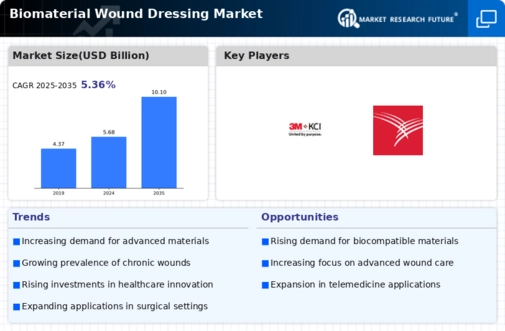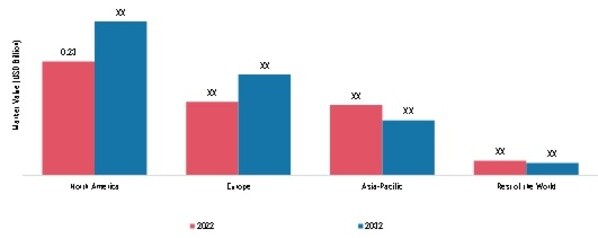The Biomaterial Wound Dressing Market is characterized by the presence of many global, regional, and local vendors catering to the demand created by research scientists and pharmaceutical and biotechnology companies operating in the industry. The market comprises tier-1, tier-2, and local players. The tier-1 and tier-2 players have global reach with diverse product portfolios. Companies such as Smith & Nephew (UK), B. Braun Melsungen AG (Germany), 3M (US), and 3M (US) dominate the market of Biomaterial Wound Dressing due to product differentiation, financial stability, strategic developments, and diversified regional presence.
The players are focused on investing in extensive research and development as well. Furthermore, they adopt strategic growth initiatives, such as expansion, product launches, joint ventures, and partnerships, to strengthen their market position and capture a large customer base.
One of the primary business strategies adopted by manufacturers in the global biomaterial wound dressing industry to benefit clients and expand the market sector of biomaterial wound dressing to manufacture locally to reduce operating costs.
3M (US) is a diversified technology company with a global presence that operates through four business segments: safety and industrial, transportation and electronics, healthcare, and consumer. It offers advanced materials, display systems and materials, office supplies, home care products, roofing granules, closure and masking systems, and other things. 3M also provides a range of services, including medical, dental, consumer health, product safety, and health information systems. The company also offers skin and wound care products, including wound dressings, cleansers, skin barriers, creams, skin closures, anti-acne dermal patches, and compression bandages.
Furthermore, the company has manufacturing sites in America, Europe, the Middle East, Africa, and Asia-Pacific. For instance, in March 2020, 3M introduced a range of Mepilex foam dressings. These dressings are designed to protect wounds and support wound healing. They are also available in various shapes and sizes to accommodate different wound types.
Also, Smith & Nephew (UK) is another player in the market that produces collagen matrix and xenograft-based products. The company offers collagen-based products such as Opsite, which is used to manage partial-thickness wounds and dermal remodeling products such as Bio-microneedle. They also sell advanced acellular matristem matrix product which utilizes natural dermal extracellular matrix, which promotes regeneration processes.













